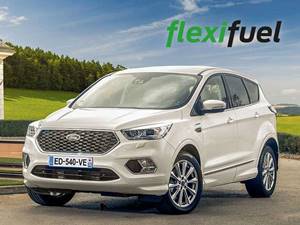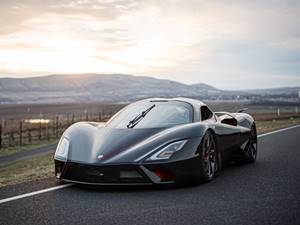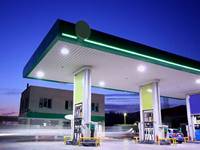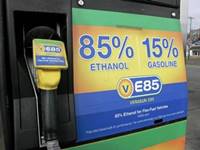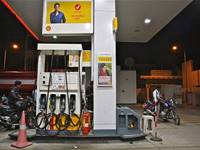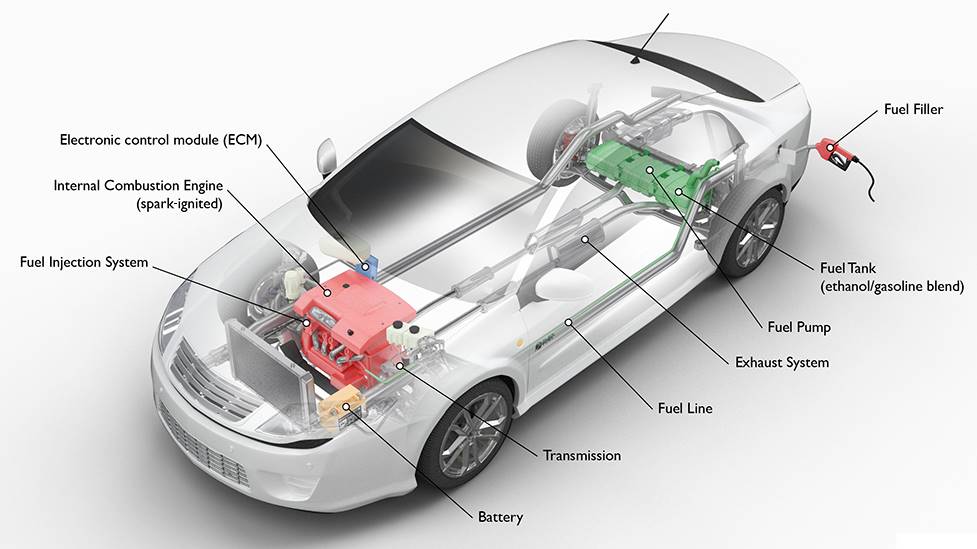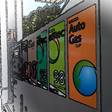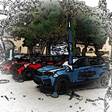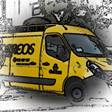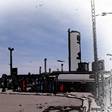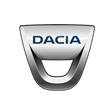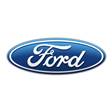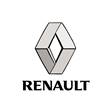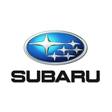New Ethanol vans in uruguay in
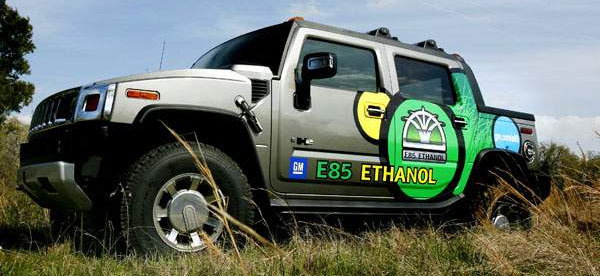
Several common ethanol fuel blends are used worldwide. The use of pure hydro or anhydrous ethanol in internal combustion engines (ICE) is only possible if the engines are designed or modified for it, and are used only in vans, light trucks and motorcycles. Anhydrous ethanol can be blended with gasoline for use in gasoline engines, but with a high ethanol content only after minor engine modifications.
Ethanol fuel blends have "E" numbers describing the percentage of ethanol fuel in the blend by volume, e.g., E85 is 85% anhydrous ethanol and 15% gasoline. Blends with low ethanol content, from E5 to E25, although internationally the most common use of the term refers to the E10 blend.
Blends of E10 or less are used in more than 20 countries around the world, led by the United States, where ethanol accounted for 10% of the gasoline fuel supply in 2011[1] E20 to E25 blends have been used in Brazil since the late 1970s. E85 is commonly used in the US and Europe for flex-fuel vehicles. Hydrous ethanol or E100 is used in Brazilian pure ethanol vehicles and light flex-fuel vehicles, and hydrous E15, called hE15, for modern gasoline vans in the Netherlands.

Worldwide, its use is widespread in Brazil and the United States, although countries such as uruguay and uruguay are beginning to blend ethanol with gasoline.
In uruguay, due to government support for agriculture, the blending of up to 15% ethanol in fuels is officially mandated by state decrees.
Range of Ethanol vans models in uruguay
We are not aware of any model offered to use Ethanol E85 or E100.
But here you can find out if your vehicle is adaptable.

